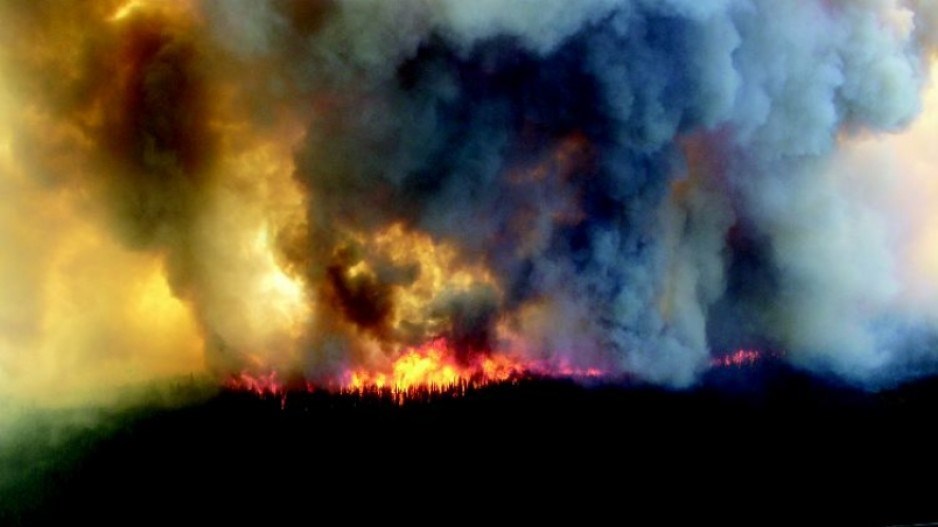B.C.’s longest state of emergency no sooner ended June 30, thanks to falling COVID-19 cases and rising vaccination rates, than another state of emergency was declared Tuesday – this one aimed at managing a conflagration.
Forest fires are burning throughout B.C., thousands are being evacuated and there is no rain in sight. Weather, in the form of wind and "dry lightning," could exacerbate the situation.
"Based on the advice of emergency management and wildfire officials and my briefing last night on the worsening weather, I am declaring a provincial state of emergency," said Mike Farnworth, minister of Public Safety and Solicitor General.
"This will address the potential for a mass evacuation scenario, and provide our government with the means to secure the accommodation spaces necessary to support evacuees."
The state of emergency gives the government powers to commandeer equipment, vehicles and buildings for firefighting and evacuation purposes. It will remain in effect for 14 days.
B.C. caught a break last summer from the kind of wildfires that scorched so many parts of B.C. in 2017, 2018 and 2019. But a record breaking heat wave at the end of June and early July set the stage for another summer of smoke and ash.
To date, more than 300,000 hectares have burned in B.C. -- 200,000 hectares above the 10-year average. Eleven new fires have broken out in the last 24 hours.
In 2017 and 2018, B.C. experienced the worst forest fire damage in the province's history.
"While the fires we're seeing now are not yet as widespread, their impact has been great," Farnworth said. He noted it is still early in the season, and hot dry weather is persisting.
"We're still in mid-July, with challenging conditions expected to persist in the coming weeks," Farnworth said.
The entire village of Lytton was destroyed by fire. And because it is suspected that the fire was started by sparks from a passing train, frieght trains have been slowed, rerouted and even halted in some areas where tracks have been damaged by fires. This explains why many British Columbians are starting to find shelves in grocery stores empty of certain goods and foods.
There are 299 wildfires burning in B.C., with 40 evacuation orders forcing 5,724 people out of their homes and communities, and an additional 69 evacuation alerts issued. Regions with the worst and most intense fires are the southern Okanagan and parts of the B.C. Interior.
Everyone in a community under an evacuation alert is advised to be ready to flee at a moment's notice. They are also advised to have a plan in place to stay with friends or family, if possible.
There are currently 3,180 firefighters and resource staff involved in fighting forest fires. Other provinces have already sent firefighters to B.C. and another 100 from Mexico are expected to arrive in B.C. on Saturday. The Canadian Armed Forces is also providing air lift support in B.C.
Farnworth said the province's firefighting resources and accommodations for evacuees are being stretched.
"Resources remain tight, both on the firelines and in our ability to provide accommodations for evacuees," he said. "Volunteer resources are also stretched thin."
Evacuations have already occurred in the Osoyoos and Oliver region of the Okanagan, and Interior communities like 100 Mile House, Ashcroft and Clinton are on evacuation alerts. Currently, 13 evacuation centres have been established in various parts of the province.




